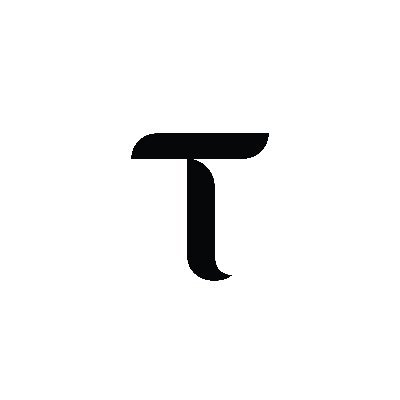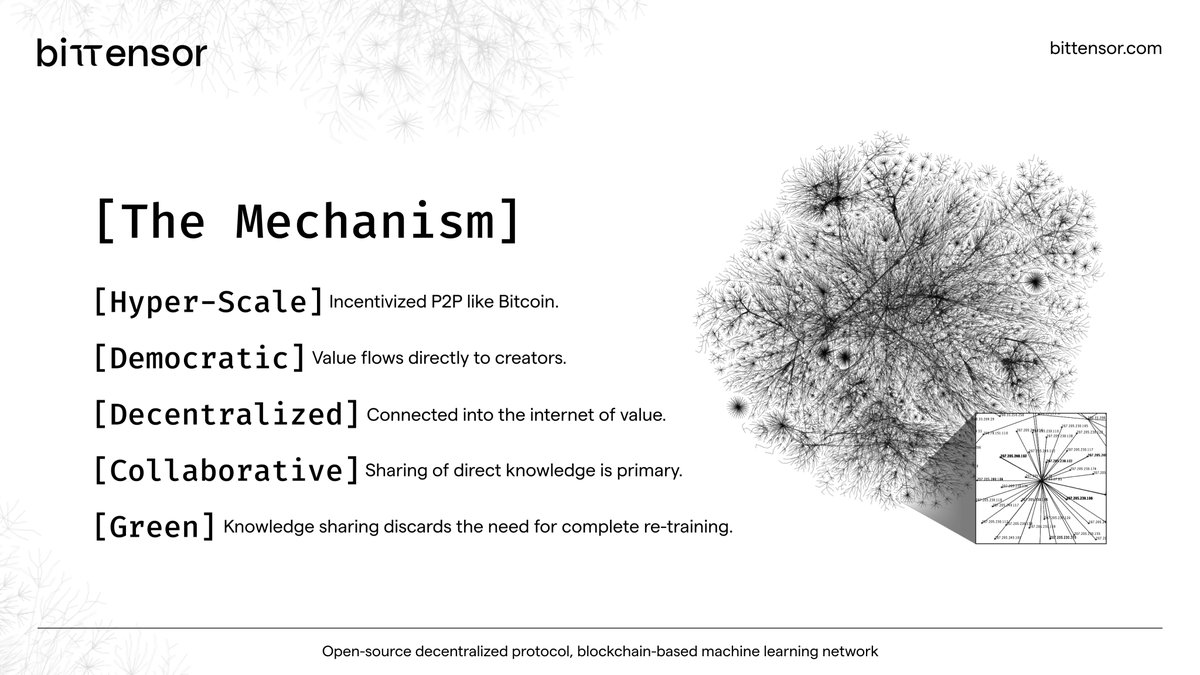Bittensor
Incentivizing intelligence.
The Thesis
Artificial Intelligence is building momentum. It’s positioning to become the next significant technological era, following the Internet and Mobile Phones and preceding Quantum Computing. The sizable market opportunity encourages competition from the world’s biggest companies, individuals, and everything in between.
Two traditional technology business models continue to be in focus: commercial models and open source models.
Bittensor, founded by a former Google team member, is experimenting the crypto-way – by using an incentivized model.
A friend once advised me to “invest resources when a boulder can be moved with a pinky”. Bittensor is proving this can be accomplished at scale.
Rather than building decentralized AI or building tools for developers, Bittensor has create an elegant incentive model.
They’ve defined 4 keys roles in their ecosystem:
- Subnets
- Validators
- Miners
- Delegators
Subnets = an incentive layer. The subnet defines a goal (i.e. serve an LLM, scrape content from websites, etc). Then it defines it’s own subset of an incentive mechanism. A scoring methodology.
Validators = judges. Validators observe the behavior of miners within a subnet and score their behavior.
Miners = worker bees. Miners do what it takes to achieve high scores in furtherance of the Subnet’s goal.
Delegators = governance. Delegators vote on which Subnets they want in the Bittensor ecosystem and how much of Bittensor’s token incentives will be allocated to each.
The $tao cryptocurrency serves as the lifeblood of this incentive mechanism. It’s issued to the best Subnets, Validators, Miners and Delegators, and all 4 groups hoard $tao and it use to govern.
This incentive mechanism has already produced a nice list of functional products and services available to end users.
I tend to observer behavior and rely on it to project future group evolution. In this case, there’s enough behavioral evidence to suggest Bittensor is headed in a good direction.
Visit Bittensor.


